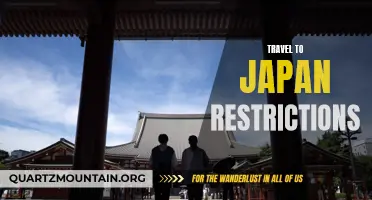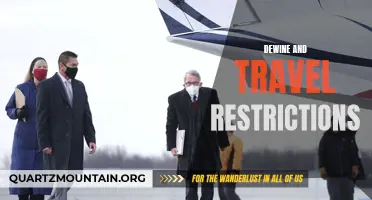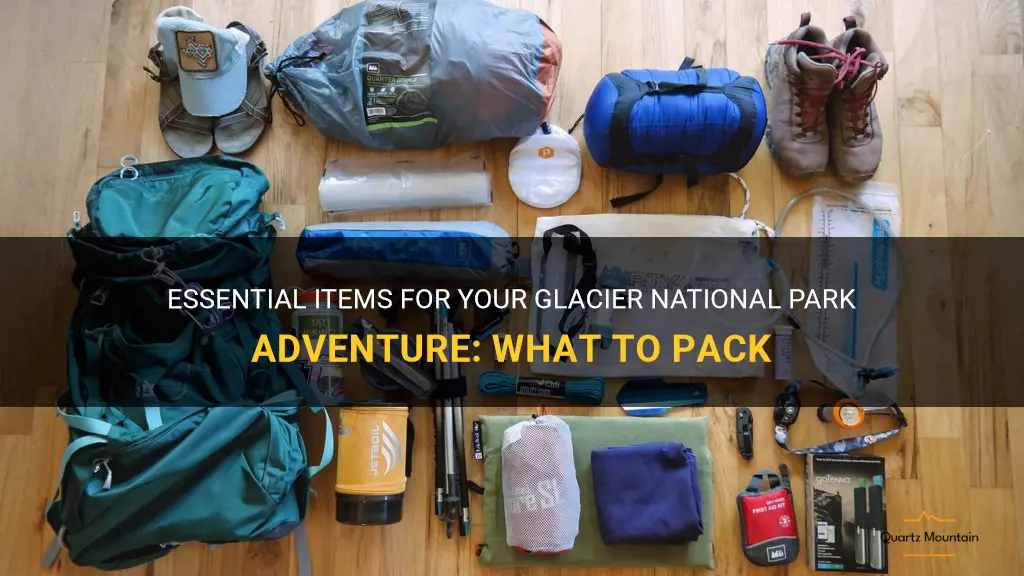
Are you planning a trip to Glacier National Park and wondering what essential items you should pack? Look no further! In this guide, we will go over everything you need to make your adventure in Glacier National Park a success. From clothing and gear to personal items and safety equipment, we have got you covered. So grab your hiking boots and let's get packing!
| Characteristics | Values |
|---|---|
| Weather | Cold |
| Terrain | Mountainous |
| Clothing | Warm layers |
| Footwear | Hiking boots |
| Gear | Backpack |
| Food | Energy bars |
| Water | Water bottle |
| Navigation | Map and compass |
| Sun Protection | Sunglasses, sunscreen |
| Shelter | Tent, sleeping bag |
| First Aid | First aid kit |
| Communication | Cellphone, satellite communicator |
| Miscellaneous | Camera, binoculars |
What You'll Learn
- What essential items should I pack for a trip to Glacier National Park?
- What type of clothing should I bring for varying weather conditions in Glacier National Park?
- Are there any specific gear or equipment I should bring for hiking in Glacier National Park?
- Are there any recommended items for wildlife viewing or photography in Glacier National Park?
- Are there any specific safety items or supplies that are important to pack for a trip to Glacier National Park?

What essential items should I pack for a trip to Glacier National Park?

Glacier National Park is a stunning destination known for its breathtaking scenery and outdoor adventures. Located in Montana, the park offers a wide range of activities such as hiking, wildlife spotting, and camping. If you're planning a trip to Glacier National Park, it's important to pack the essential items to ensure a safe and enjoyable experience. Here are some items you shouldn't forget to include in your packing list:
- Proper hiking boots: Glacier National Park has numerous hiking trails that vary in difficulty. Make sure you have a sturdy pair of hiking boots with good ankle support to protect your feet and provide traction on uneven terrain.
- Clothing layers: The weather in Glacier National Park can be unpredictable, even during the summer months. It's important to dress in layers to stay comfortable in changing conditions. Pack moisture-wicking base layers, insulating mid-layers, and a waterproof jacket to protect yourself from rain or snow.
- Backpack: A backpack is essential for carrying all your gear while exploring the park. Look for a backpack with adjustable straps and a supportive frame to distribute the weight evenly and prevent strain on your back.
- Water and water filter: Staying hydrated is crucial while hiking in Glacier National Park. Carry at least two liters of water per person, and consider bringing a lightweight water filter to refill your bottles from natural water sources along the trails.
- Bear spray: Glacier National Park is home to a significant population of grizzly bears. While encounters with bears are relatively rare, it's important to be prepared. Carry bear spray in a holster on your hip for easy access in case of an emergency.
- Map and compass: Although there are well-marked trails in the park, it's always wise to carry a map and compass as a backup navigation tool. Familiarize yourself with the area beforehand, and know how to use a compass to find your way if needed.
- First aid kit: Accidents can happen, even on well-maintained hiking trails. Pack a basic first aid kit that includes items such as bandages, antiseptic wipes, pain relievers, and blister treatment. It's better to be prepared and have the necessary supplies in case of injuries.
- Sun protection: The sun's rays can be intense at high altitudes, so don't forget to pack sun protection items. Bring a wide-brimmed hat, sunglasses, and sunscreen with a high SPF to shield your skin from harmful UV rays.
- Insect repellent: Mosquitoes and other biting insects can be prevalent in Glacier National Park, especially in wetter areas. Pack a reliable insect repellent to ward off bugs and prevent itchy bites.
- Camping gear (if applicable): If you're planning to camp in the park, make sure to pack your tent, sleeping bag, sleeping pad, and camping stove. Check the park regulations regarding backcountry camping and obtain the necessary permits.
Remember, this list is not exhaustive, and the specific items you need may vary depending on your personal needs and the duration of your trip. It's always a good idea to research the park's guidelines and consult with experienced hikers or park rangers for any additional recommendations. By packing the essential items, you can fully enjoy all that Glacier National Park has to offer while staying safe and comfortable throughout your adventure.
Essential Items to Pack for a 4 Day Trip
You may want to see also

What type of clothing should I bring for varying weather conditions in Glacier National Park?
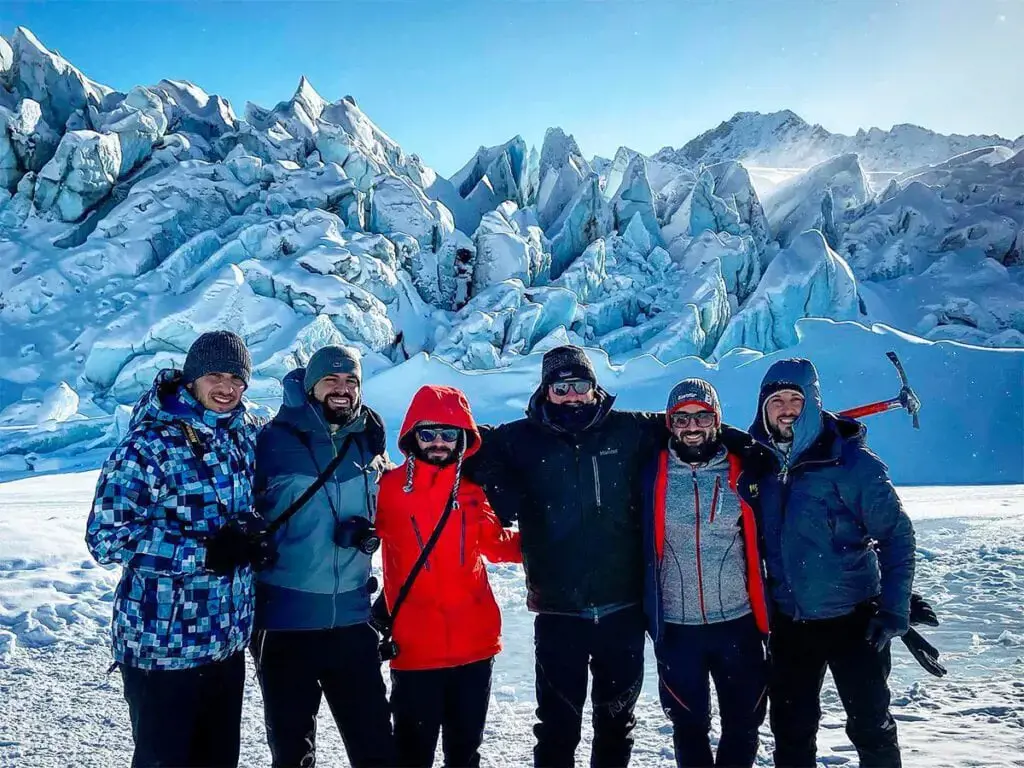
Glacier National Park is a stunning wilderness destination located in the Rocky Mountains of Montana. It is renowned for its breathtaking landscapes, diverse wildlife, and unpredictable weather conditions. When planning a trip to Glacier National Park, it is crucial to pack the right clothing to ensure comfort and safety throughout your visit.
The weather in Glacier National Park can be highly variable, even during the summer months. During the day, temperatures can soar into the 70s and 80s(Fahrenheit), while at night, they can drop down to freezing or below freezing. This extreme temperature range requires careful consideration when selecting the clothing to bring.
Layers are key to dressing appropriately for the varying weather conditions in Glacier National Park. Start with a moisture-wicking base layer made of synthetic or wool materials. This layer will help keep you dry by wicking sweat away from your body. Additionally, it will provide insulation in colder temperatures. Merino wool is an excellent choice for a base layer as it is soft, lightweight, and naturally odor-resistant.
On top of your base layer, add a mid-layer for insulation. This could be a fleece jacket, a down vest, or a synthetic insulated jacket, depending on the weather forecast. Fleece jackets are great for cool days, while down vests and synthetic insulated jackets provide warmth on colder days.
For the outer layer, a waterproof and windproof shell jacket is essential. Glacier National Park is known for its frequent rainfall and sudden changes in weather, so having a reliable rain jacket is crucial. Look for a jacket that is both waterproof and breathable to keep you dry and comfortable.
In terms of pants, consider bringing both lightweight and insulated options. Lightweight pants are perfect for hiking on warmer days, while insulated pants provide warmth and protection against wind and cold temperatures.
Don't forget about your extremities! Bring a hat to protect your head from the sun and keep you warm on colder days. Pack a few pairs of socks, including both lightweight and thicker options to suit different weather conditions. Gloves or mittens are also essential, especially if you plan on hiking or spending time at higher elevations where temperatures can drop significantly.
Lastly, make sure to wear comfortable and supportive hiking boots or shoes. Glacier National Park offers a plethora of hiking trails, and having the right footwear is crucial for exploring the park safely and comfortably.
To summarize, when packing clothing for Glacier National Park, it is crucial to consider the varying weather conditions. Bring layers that can be easily added or removed to adjust to changing temperatures. Include a moisture-wicking base layer, insulation in the form of a mid-layer, a waterproof and windproof shell jacket, lightweight and insulated pants, a hat, socks, gloves or mittens, and sturdy hiking boots. With the right clothing, you will be prepared to enjoy all that Glacier National Park has to offer, regardless of the weather.
The Ultimate Guide: Essential Items to Pack for an Alaskan Fishing Trip in August
You may want to see also

Are there any specific gear or equipment I should bring for hiking in Glacier National Park?
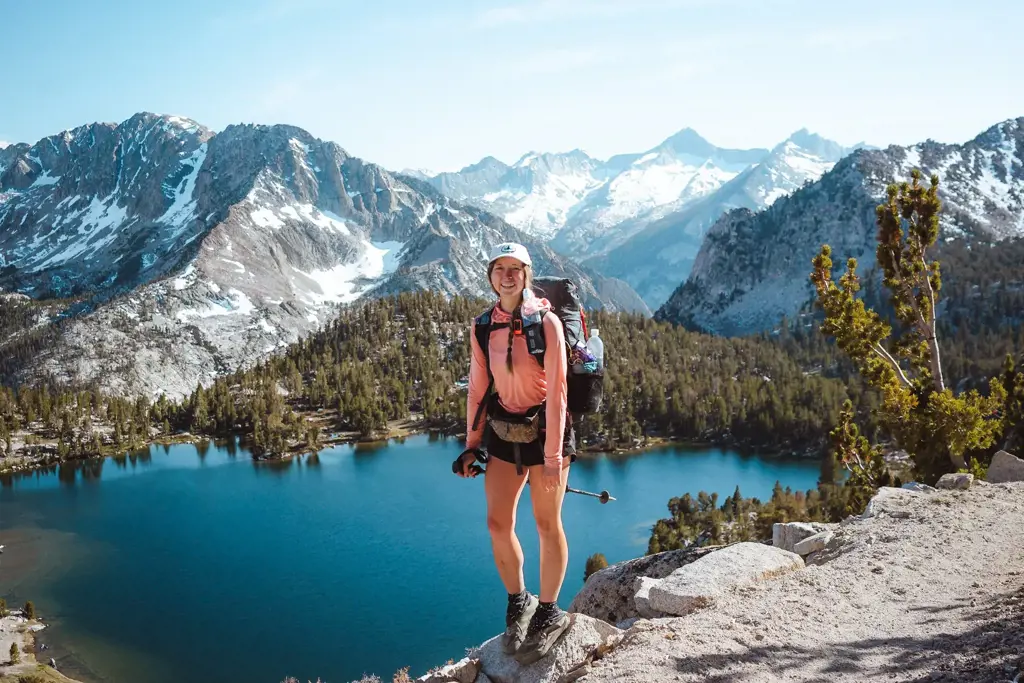
Glacier National Park is a pristine wilderness with diverse ecosystems and stunning landscapes, making it a popular destination for hiking enthusiasts. If you're planning a hiking trip to Glacier National Park, it's important to have the right gear and equipment to ensure a safe and enjoyable experience. Here are some essential items you should bring:
- Sturdy Hiking Boots: Invest in a good pair of hiking boots that provide ankle support and have a sturdy sole for grip on uneven terrain. Glacier National Park has rugged trails, and proper footwear will protect your feet from injuries and discomfort.
- Backpack: Choose a backpack that is comfortable to wear for long periods and has enough capacity to carry your essentials, such as water, snacks, extra clothing layers, and a first aid kit. Look for a backpack with adjustable straps and a padded back panel for added comfort.
- Navigation Tools: Glacier National Park has a vast trail network, and it's essential to have the right tools to navigate. Carry a detailed map of the area, a compass, and a GPS device if possible. Familiarize yourself with the trails and take note of any potential hazards or areas of interest.
- Water and Hydration System: It's crucial to stay hydrated while hiking, especially in Glacier National Park, where the altitude and physical exertion can quickly lead to dehydration. Bring a sufficient amount of water for your hike and consider investing in a hydration system, such as a hydration bladder or water bottles with built-in filters, to ensure a constant supply of clean drinking water.
- Layered Clothing: Glacier National Park's weather can be unpredictable, so it's essential to dress in layers to accommodate changing conditions. Carry lightweight and moisture-wicking clothing as a base layer, add insulating layers such as fleece or down jackets, and have a waterproof and wind-resistant outer layer to protect against rain and wind.
- Sun Protection: The high elevation and reflective snow in Glacier National Park can result in intense sun exposure. Protect yourself by wearing a wide-brimmed hat, sunglasses with UV protection, and applying a broad-spectrum sunscreen with a high SPF. Don't forget to bring lip balm with SPF as well.
- Trekking Poles: Trekking poles can provide stability and alleviate strain on your joints, especially when hiking on steep or slippery terrain. They can also help distribute weight more evenly, reducing fatigue and increasing your overall hiking efficiency.
- Emergency Essentials: Always be prepared for unexpected situations by carrying essential items such as a first aid kit, a whistle for signaling distress, a headlamp or flashlight, extra batteries, a multitool, and a lightweight emergency shelter like a space blanket or bivy sack.
Remember to check the current trail conditions and weather forecast before your hike, as conditions can change rapidly in Glacier National Park. Stay informed, hike within your abilities, and practice Leave No Trace principles to protect the park's fragile ecosystems. With the right gear and preparation, you can have a safe and memorable hiking experience in Glacier National Park.
Essential Packing List for a Week in Palm Springs: Be Prepared for Fun in the Desert
You may want to see also

Are there any recommended items for wildlife viewing or photography in Glacier National Park?
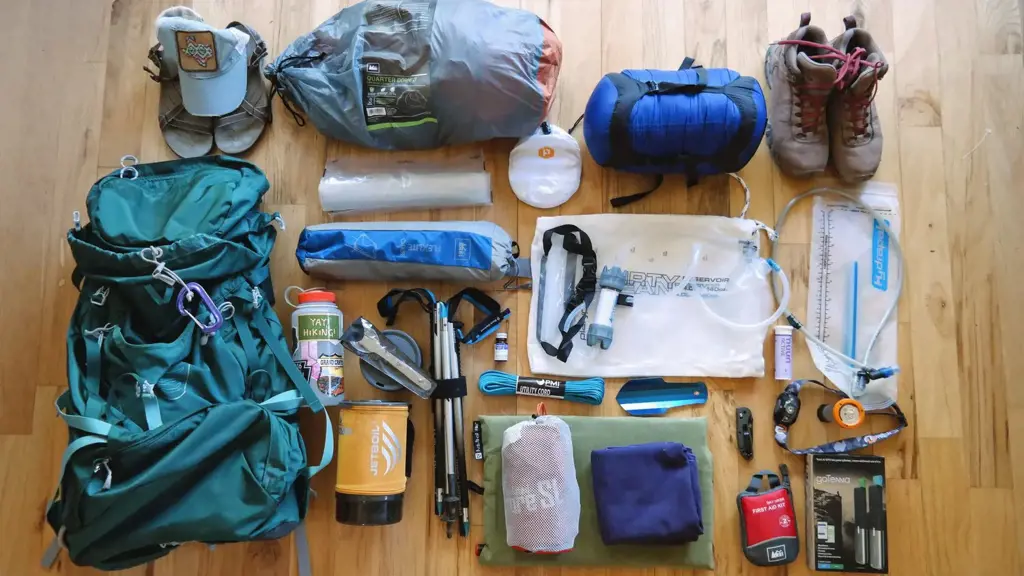
Glacier National Park is renowned for its stunning landscapes and abundant wildlife. If you’re planning a trip to this beautiful national park and are hoping to see and photograph some of the local wildlife, there are a few recommended items that can greatly enhance your experience.
First and foremost, a good pair of binoculars is essential for wildlife viewing. Binoculars allow you to get a closer look at animals that may be too far away to see clearly with the naked eye. Look for binoculars with a magnification of at least 8x and a large objective lens diameter for optimal performance in low light conditions.
A telephoto lens is another invaluable tool for wildlife photography in Glacier National Park. With a telephoto lens, you can capture close-up shots of animals without disturbing their natural behavior. A lens with a focal length of at least 200mm is recommended for wildlife photography.
A tripod is also an important accessory to have when photographing wildlife. It helps stabilize your camera and lens, allowing you to capture sharper images, especially in low light conditions or when using longer focal lengths. Look for a lightweight and sturdy tripod that is easy to set up and adjust.
In addition to these equipment recommendations, it’s important to be prepared for your wildlife viewing and photography adventures in Glacier National Park. Dress in layers, as weather conditions can change rapidly in the mountains. Pack a rain jacket, warm hat, gloves, and a good pair of hiking boots for outdoor activities.
It’s also a good idea to bring a field guide or wildlife identification book to help you identify the various species you may encounter. Glacier National Park is home to a wide range of wildlife, including grizzly bears, moose, bighorn sheep, and mountain goats, among others.
Finally, be patient and respectful when observing wildlife in their natural habitat. Keep a safe distance and avoid disturbing or approaching animals. Wildlife photography is often a waiting game, so be prepared to spend some time in one location, waiting for the perfect shot.
In conclusion, if you’re planning to visit Glacier National Park for wildlife viewing and photography, there are several recommended items that can enhance your experience. Binoculars, a telephoto lens, and a tripod are essential equipment for getting up close and capturing stunning images. Dressing appropriately, bringing a field guide, and practicing patience and respect for the wildlife are also important factors to consider. With the right gear and mindset, you’re sure to have a memorable and successful wildlife viewing and photography experience in Glacier National Park.
Essential Diving Gear for an Unforgettable Dive Trip
You may want to see also

Are there any specific safety items or supplies that are important to pack for a trip to Glacier National Park?
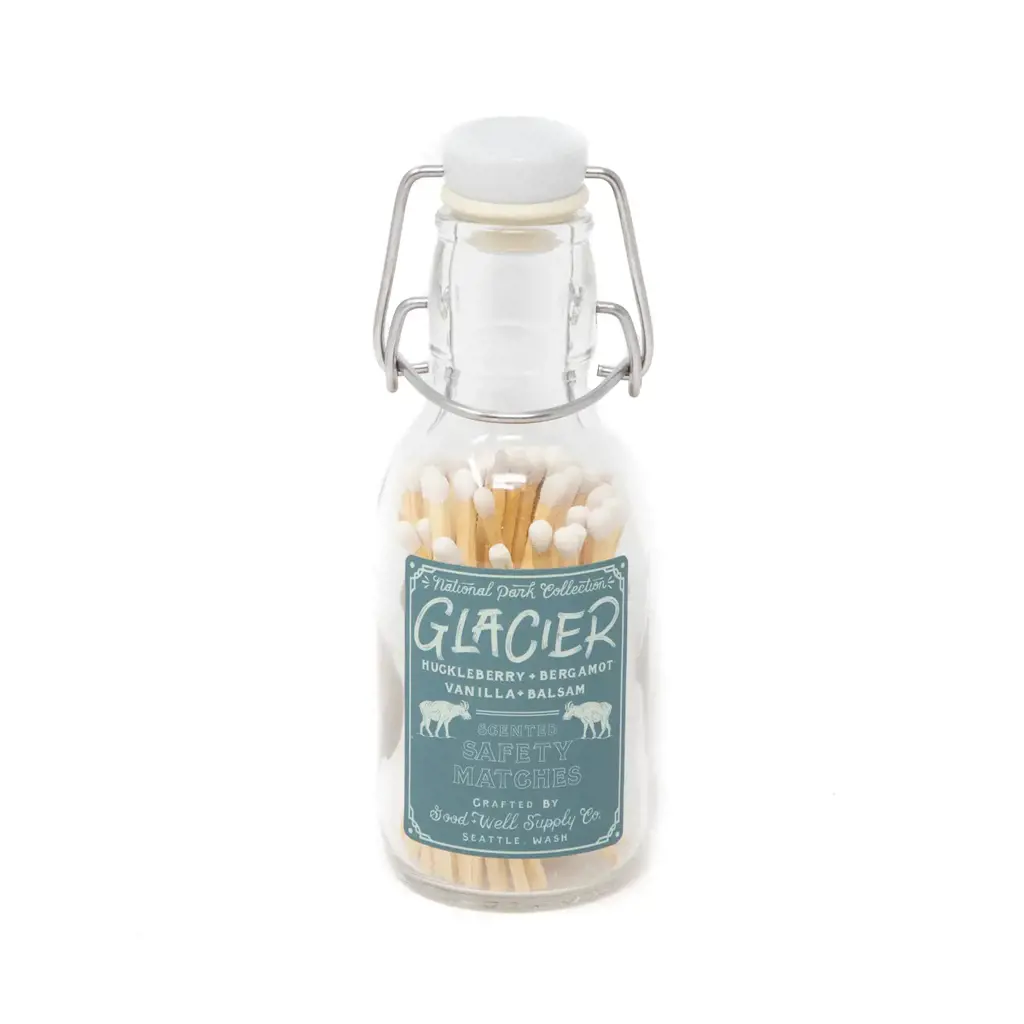
When planning a trip to Glacier National Park, it's important to be prepared for various safety situations that may arise. This includes packing specific safety items and supplies that can help ensure a safe and enjoyable experience in this beautiful wilderness area. Here are some of the most important safety items to consider packing for your trip:
- First Aid Kit: A well-stocked first aid kit is essential for any outdoor adventure. It should include bandages, adhesive tape, antiseptic ointment, gauze pads, tweezers, and other basic medical supplies. Additionally, include any personal medications or medical supplies you may need.
- Bear Spray: Glacier National Park is home to a large population of grizzly bears, and encounters can occur while hiking or camping. Bear spray is a highly effective deterrent and should be carried by all visitors. Make sure to learn how to properly use it beforehand.
- Navigation Tools: While smartphones can be helpful, it's always wise to carry a map, compass, and a GPS device as backup. These tools can help you stay on the right track and prevent getting lost in the vast wilderness of Glacier National Park.
- Emergency Shelter: Weather conditions in Glacier National Park can change rapidly, and it's essential to be prepared for unexpected storms or getting stranded. Consider packing a lightweight emergency shelter, such as a bivy sack or a tarp, that can provide protection and insulation in case of an emergency.
- Headlamp/Flashlight: Even if you don't plan on hiking or camping overnight, it's always a good idea to carry a headlamp or flashlight with extra batteries. This can be useful in case of unexpected delays or emergencies that may occur during your visit.
- Water Filtration System: Glacier National Park offers numerous opportunities for outdoor activities, such as hiking and backpacking. It's important to have a reliable water filtration system, such as a portable water filter or water purification tablets, to ensure access to clean drinking water throughout your trip.
- Proper Clothing and Gear: Glacier National Park is known for its unpredictable weather, even during the summer months. Be sure to pack appropriate clothing and gear for the conditions, including rain gear, warm layers, sturdy hiking boots, and a hat for sun protection. Always check the weather forecast before heading out on any outdoor activities.
- Personal Locator Beacon or Satellite Messenger: If you plan on venturing into remote or less-traveled areas of the park, consider carrying a personal locator beacon or satellite messenger device. These devices can send emergency distress signals and provide your exact location to search and rescue teams in case of an emergency.
Remember, nature can be unpredictable, and it's crucial to prioritize your safety when exploring Glacier National Park. By packing these essential safety items and supplies, you'll be well-prepared to handle any unexpected situations and make the most of your trip to this stunning national park.
Essential Items to Pack for a Memorable Week at Grandma's
You may want to see also
Frequently asked questions
It is important to pack clothing that can handle a range of temperatures and weather conditions. Layering is key, so bring a mix of short and long-sleeved shirts, a lightweight jacket or fleece, and a waterproof outer layer. Be sure to pack sturdy hiking boots and moisture-wicking socks to keep your feet comfortable on the trails. Don't forget a hat, sunglasses, and sunscreen to protect yourself from the sun.
When hiking in Glacier National Park, it is essential to be prepared. Bring a daypack to carry essentials such as water, food, a first aid kit, a map, and a compass. It is also important to have bear spray with you as a precautionary measure. Additionally, pack extra layers of clothing, a headlamp or flashlight, and a whistle in case of emergencies.
Camping in Glacier National Park requires some specific items to ensure a comfortable and enjoyable experience. You will need a tent, sleeping bag, sleeping pad, and camping stove for cooking your meals. It is also recommended to pack bug spray, a bear-proof container for storing food, and a camping chair to relax in. Don't forget to bring toiletries, a camping towel, and biodegradable soap for washing up.




